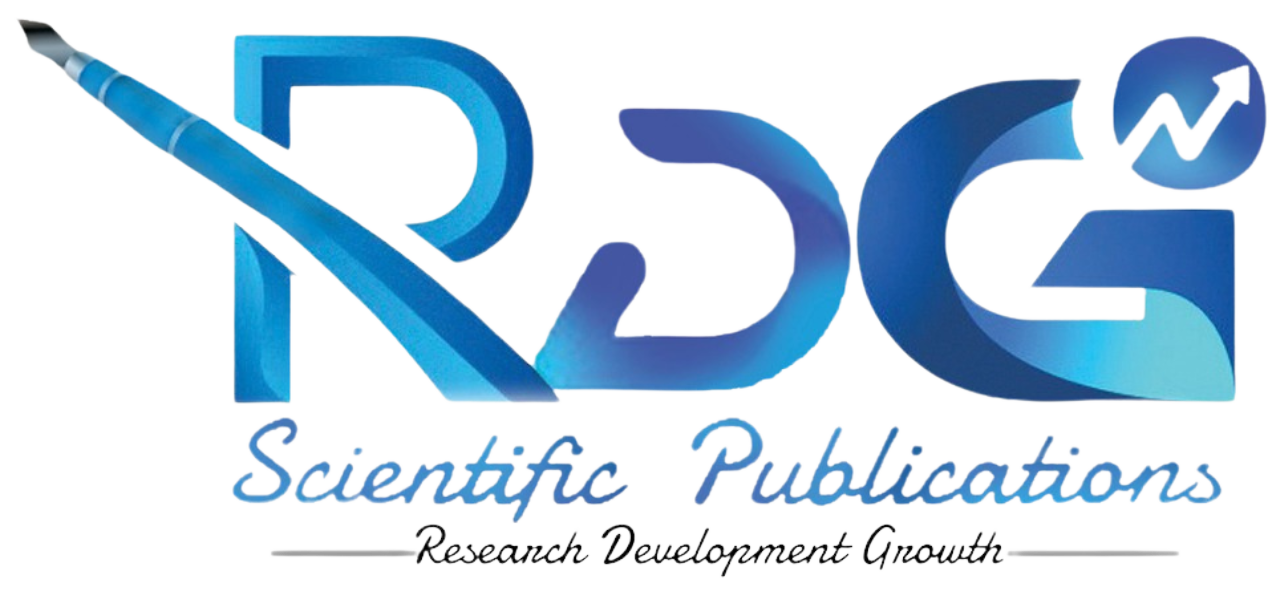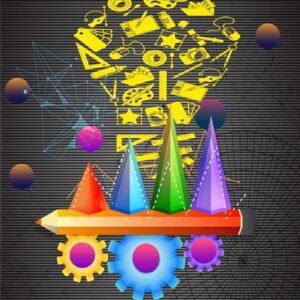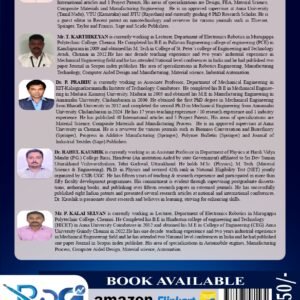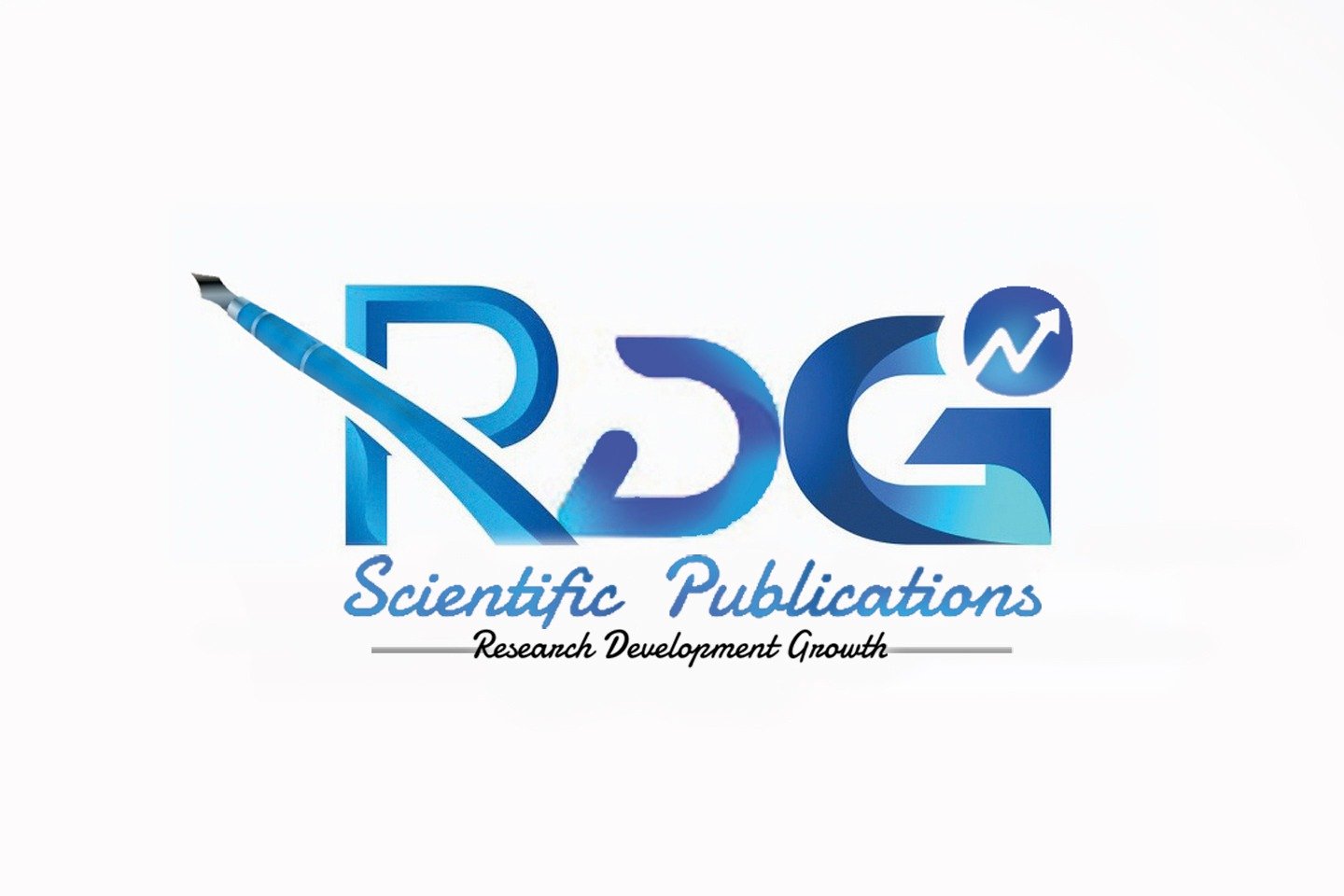Linear algebra is one of the foundational pillars of modern
mathematics, with applications spanning across numerous disciplines
including engineering, physics, computer science, economics, and data
science. This book, Linear Algebra and Its Applications, is designed to
provide a clear, comprehensive, and structured approach to the study of
linear algebra, bridging the gap between theory and real-world
applications.
The primary objective of this book is to introduce fundamental
concepts of linear algebra in a logical and accessible manner, ensuring
that students and professionals alike develop both computational skills
and a deep conceptual understanding. Throughout the chapters, we
emphasize problem-solving techniques, proofs, and illustrative
examples to reinforce key ideas. Additionally, practical applications are
integrated to demonstrate the relevance of linear algebra in diverse
fields.
The book is organized into five main sections:
Systems of Linear Equations – This section introduces various
methods for solving linear equations, including Gaussian elimination
and matrix representation. A geometric perspective of linear systems
and fundamental properties like linear dependence and independence
are also explored.
Matrix Algebra – This section covers essential matrix
operations, inverse matrices, LU decomposition, and the concepts of
subspaces, bases, and dimension, along with null and column spaces.
Determinants – Here, we delve into the computation and
properties of determinants, including cofactor expansion, Cramer’s
Rule, and specialized matrix structures such as block matrices.
Eigenvectors and Eigenvalues – This section introduces the
characteristic equation, properties of eigenvectors and eigenvalues,
diagonalization, and applications involving complex eigenvalues.
Orthogonality and Symmetry – Covering inner products,
orthogonal bases, least squares, Gram-Schmidt orthogonalization, QR
factorization, and orthogonal matrices, this section also explores deeper
topics such as singular value decomposition, quadratic forms, and
vector spaces.
Each chapter is structured to progressively build upon previous
topics, making it suitable for both introductory and intermediate
courses. To enhance comprehension, exercises and examples are
included at the end of each section, encouraging readers to engage
actively with the material.
This book is intended for undergraduate and graduate students,
educators, and professionals seeking to deepen their understanding of
linear algebra. Whether you are studying the subject for the first time or
looking for a comprehensive reference, Linear Algebra and Its
Applications serves as a valuable resource to guide you through the
elegance and utility of linear algebra.
We hope that this book inspires curiosity and a deeper
appreciation for the subject. We welcome feedback and suggestions
from readers to improve future editions.























Reviews
There are no reviews yet.